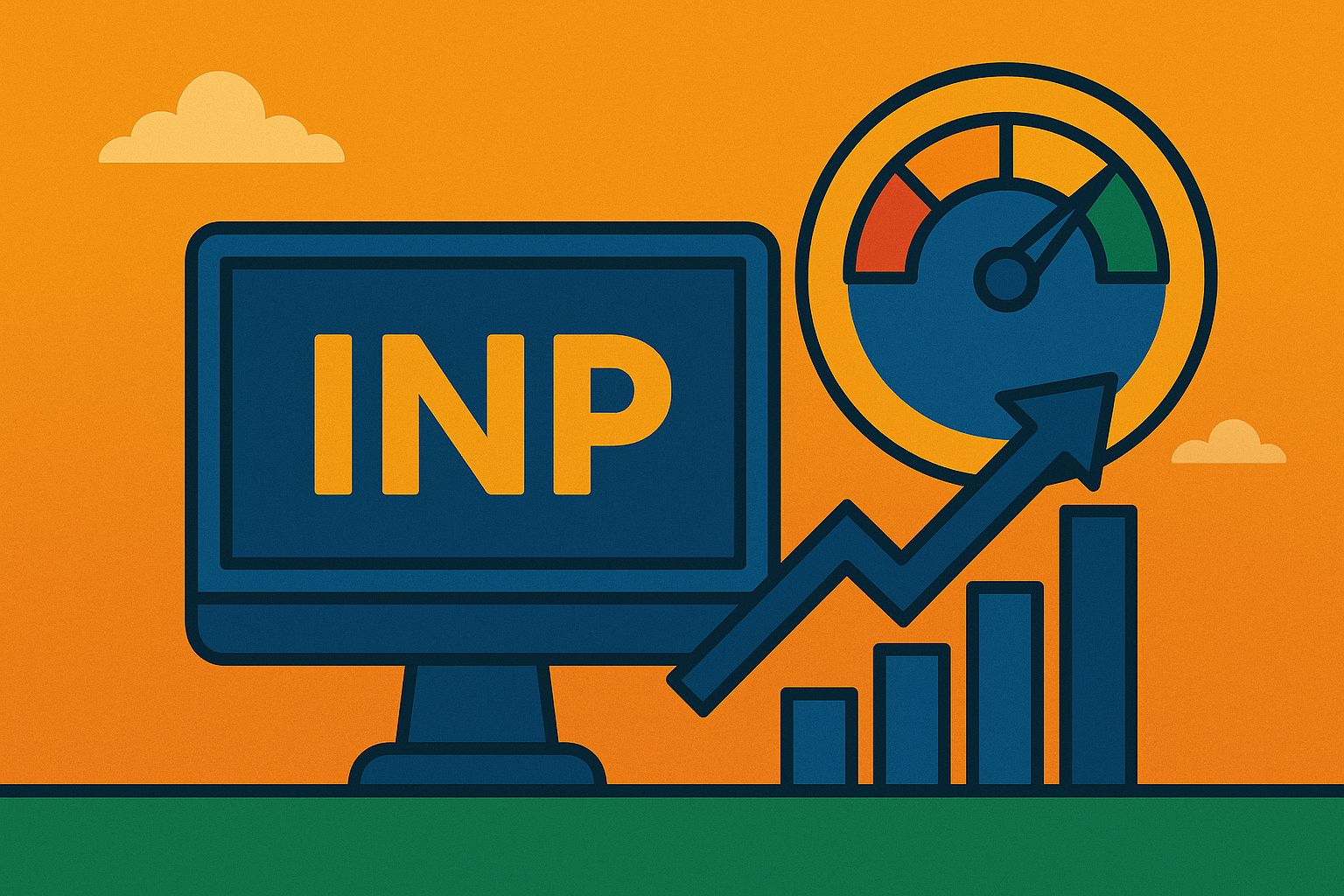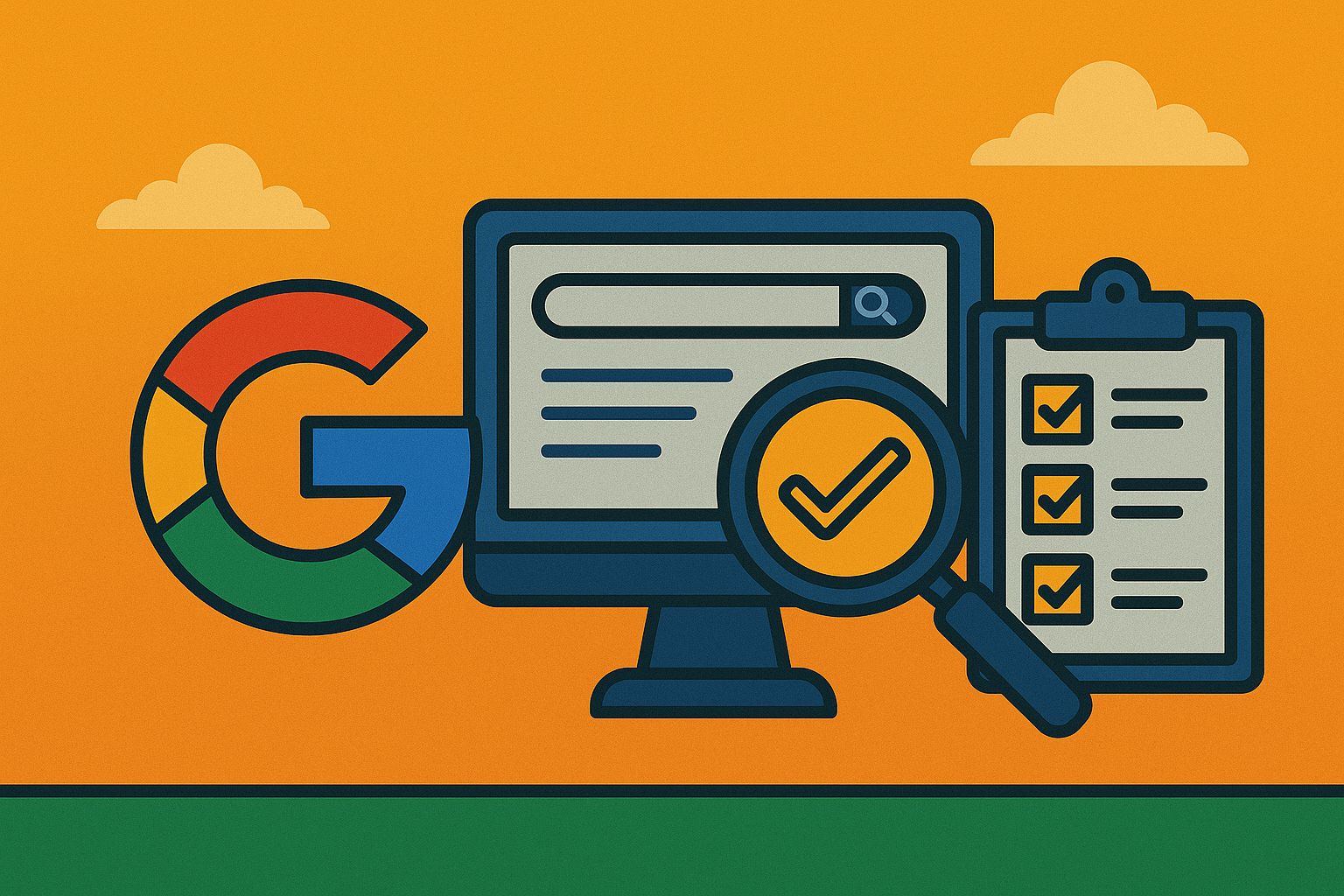In an increasingly digital world, cybersecurity is no longer just a technical concern reserved for IT professionals. It has become a critical issue that affects every aspect of modern life, from personal data privacy to the survival of global corporations. With the proliferation of digital devices, cloud computing, and interconnected systems, organizations and individuals alike are more vulnerable than ever before to cyberattacks. The reliance on the internet and digital infrastructure has grown exponentially in recent years, creating an immense surface area for potential cyber threats. What was once manageable with basic cybersecurity measures—such as antivirus software and password management—has now escalated into a much more complex and serious challenge. Cybercriminals are leveraging increasingly sophisticated techniques to exploit vulnerabilities, leading to data breaches, financial losses, and widespread operational disruptions. As a result, cybersecurity has evolved from being a mere technical necessity to a fundamental business priority and a societal obligation.
However, despite the growing awareness of cybersecurity threats, many organizations and individuals continue to rely on outdated or insufficient measures. Often, cybersecurity is treated as an afterthought, only gaining attention after a breach or attack has occurred. This reactive approach can be detrimental, as the consequences of a cyberattack can be far-reaching and sometimes irreversible. The costs associated with data breaches, both financial and reputational, are soaring, with some businesses unable to recover from the damage. Moreover, the introduction of global data protection regulations, such as the General Data Protection Regulation (GDPR) and the California Consumer Privacy Act (CCPA), has further elevated the importance of cybersecurity. Companies that fail to comply with these regulations face hefty fines and legal consequences. In this context, it is no longer sufficient to focus solely on basic measures. Instead, organizations must adopt a proactive and comprehensive approach to cybersecurity, treating it as a core element of their business strategy. By going beyond cybersecurity basics, businesses can not only safeguard their assets and data but also build trust with customers and partners, ultimately positioning themselves for long-term success in a digital-first world.
1. The Expanding Threat Landscape
- From Simple Malware to Advanced Threats: Cyberattacks have moved beyond simple viruses and malware. Today, we’re facing an array of complex threats, such as:
- Ransomware: Where hackers take control of systems or data and demand payment for their release.
- Phishing and Spear Phishing: Sophisticated email attacks targeting specific individuals or organizations.
- Zero-Day Vulnerabilities: Exploiting unknown flaws in software before they can be fixed.
- Nation-State Attacks: Countries engaging in cyber warfare to disrupt another nation’s infrastructure or steal intellectual property.
- The Role of Emerging Technologies: Emerging technologies like Artificial Intelligence (AI), 5G networks, and the Internet of Things (IoT) have expanded the attack surface. With more devices connected and interacting, each represents a potential vulnerability that attackers can exploit. Without advanced cybersecurity measures in place, organizations and individuals are at greater risk than ever before.
2. The Cost of Cybersecurity Breaches
- Financial Impact: The financial implications of a cybersecurity breach can be catastrophic. According to a report by IBM Security, the global average cost of a data breach in 2023 was $4.45 million. This includes lost revenue, legal fees, and recovery efforts. For large enterprises, these numbers can be even higher, as they may face lawsuits, regulatory fines, and long-term reputational damage.
- Reputational Damage: A data breach can severely impact customer trust. Brands that are victims of cyberattacks often face public backlash, and consumers may be reluctant to share personal information or use their services in the future. Rebuilding trust takes time, and some organizations may never fully recover from the reputational damage caused by a significant breach.
- Operational Disruption: Cyberattacks can lead to significant operational disruptions. Critical systems may be shut down, hindering business continuity and costing organizations valuable time and resources. In sectors like healthcare or critical infrastructure, the stakes are even higher, as downtime can directly affect public safety.
3. Cybersecurity and Legal Obligations
- Data Protection Regulations: Cybersecurity is no longer just about protecting data—it’s about compliance. Governments worldwide have implemented stringent data protection laws. Some examples include:
- General Data Protection Regulation (GDPR): Applicable in the EU, this regulation has far-reaching consequences for organizations that fail to protect personal data.
- California Consumer Privacy Act (CCPA): This U.S. regulation demands that businesses protect consumer data and face penalties if they fail to do so.
- Health Insurance Portability and Accountability Act (HIPAA): In healthcare, HIPAA sets strict guidelines for the protection of patient data.
Failing to comply with these regulations can result in severe fines and penalties, adding an extra layer of urgency to cybersecurity efforts.
- Contracts and Liability: Increasingly, companies are held liable for breaches not just by regulators, but by customers and partners. Many contracts now include cybersecurity clauses, requiring organizations to implement strict security protocols to protect shared data.
4. Evolving Beyond Cybersecurity Basics
- Risk-Based Security: Organizations should adopt a risk-based approach to cybersecurity. This involves identifying and prioritizing assets and systems that, if compromised, would have the most significant impact. Once these critical assets are identified, resources can be focused on defending them.
- Zero Trust Architecture: The concept of Zero Trust is becoming central to advanced cybersecurity strategies. This model assumes that every user, device, or system inside and outside the network is a potential threat and must be verified before accessing data. Multi-factor authentication (MFA), continuous monitoring, and encryption play crucial roles in this architecture.
- Employee Training and Awareness: Human error remains one of the most significant weaknesses in cybersecurity. Phishing attacks, weak passwords, and mishandling of sensitive data are common vectors for cybercriminals. Companies should invest in regular employee training programs that focus on identifying potential cyber threats, using strong passwords, and practicing safe online behavior.
- Advanced Threat Detection: Basic antivirus software is no longer enough. Organizations must implement advanced threat detection tools such as Intrusion Detection Systems (IDS), Intrusion Prevention Systems (IPS), and Endpoint Detection and Response (EDR) solutions. These tools monitor network traffic, detect anomalies, and respond to potential threats in real time.
- Incident Response Planning: Even with advanced security measures in place, no system is entirely immune from cyberattacks. Therefore, having a well-defined incident response plan is crucial. This plan should outline the steps to take in the event of a breach, how to mitigate damage, and how to communicate with stakeholders. Regular cybersecurity drills can help ensure that employees and systems are prepared to respond quickly and effectively.
5. Cybersecurity as a Business Enabler
- Customer Trust and Loyalty: Beyond just protecting data, strong cybersecurity can become a business enabler. Organizations that invest in advanced security measures often find that customers are more willing to trust them with their data. This trust can translate into loyalty and long-term customer relationships.
- Competitive Advantage: In many industries, particularly in sectors like finance, healthcare, and e-commerce, demonstrating robust cybersecurity can be a competitive advantage. Organizations that can assure clients of their commitment to security are better positioned to win business, especially from clients who are concerned about data privacy and security.
- Innovation and Growth: Cybersecurity should not be viewed as a barrier to innovation but as an enabler. As companies adopt new technologies such as cloud computing, AI, and IoT, having a strong cybersecurity foundation allows them to innovate safely. This approach reduces the risk of cyber incidents that could derail progress and ensures that growth initiatives can proceed without unnecessary risks.
6. The Future of Cybersecurity
- AI and Machine Learning in Cybersecurity: Artificial Intelligence (AI) and Machine Learning (ML) are transforming how organizations detect and respond to cyber threats. AI-powered cybersecurity systems can analyze large amounts of data, identify patterns, and predict potential threats before they occur. These technologies can also reduce false positives, allowing security teams to focus on actual threats.
- Quantum Computing and Cryptography: As quantum computing continues to advance, it poses both opportunities and challenges for cybersecurity. On one hand, quantum computing can break traditional encryption methods, making current systems vulnerable. On the other hand, quantum cryptography offers a potential solution by creating encryption that is nearly impossible to break. Organizations need to stay ahead of these developments and plan for a post-quantum future.
- Cybersecurity as a Core Business Function: In the future, cybersecurity will no longer be seen as a separate function of IT but as a core component of business strategy. C-suite executives and board members must be involved in cybersecurity decision-making, ensuring that it aligns with business objectives. Cybersecurity will become as important as financial planning or operations management.
Conclusion
Cybersecurity is no longer optional—it’s a critical priority. With the expanding threat landscape, the increasing cost of breaches, and growing regulatory pressures, businesses and individuals must move beyond basic security measures. Advanced cybersecurity strategies, such as risk-based security, Zero Trust, and AI-driven threat detection, are essential for staying ahead of cybercriminals. By making cybersecurity a top priority, organizations can not only protect their data but also gain a competitive edge, foster customer trust, and drive long-term growth. The future of cybersecurity is rapidly evolving, and now is the time to invest in stronger, more resilient security measures. It’s not just about protecting data—it’s about safeguarding your business, your reputation, and your future.




